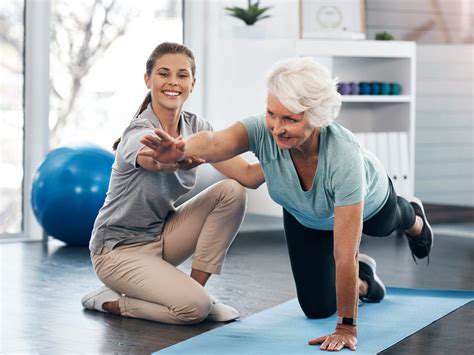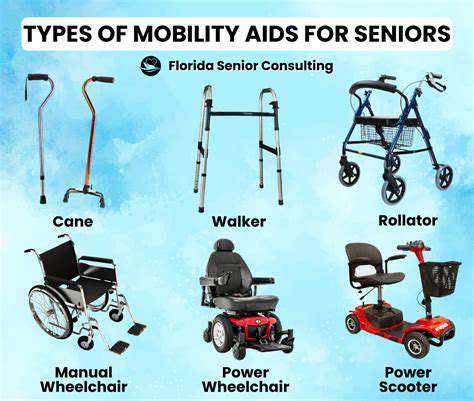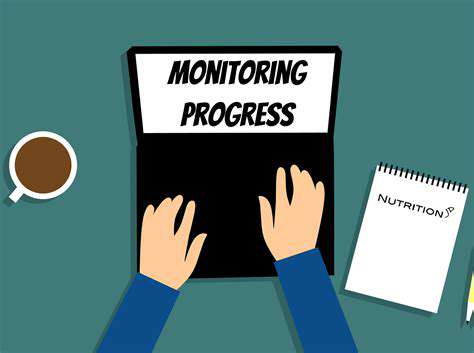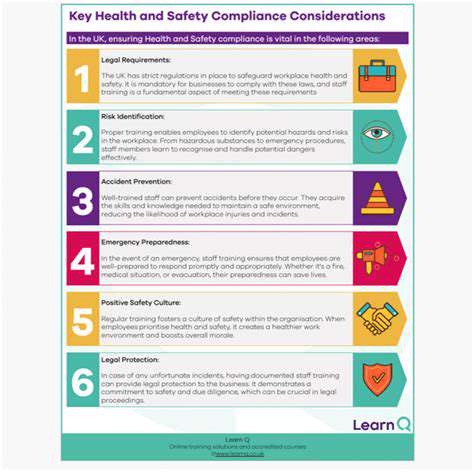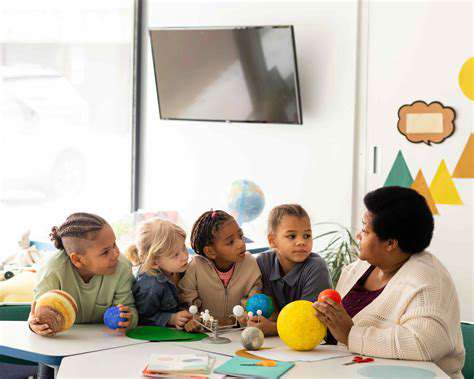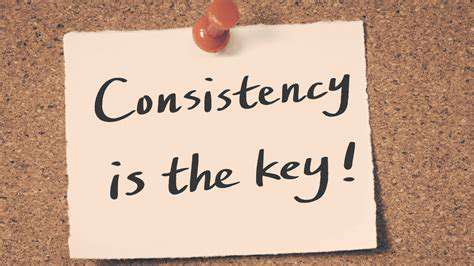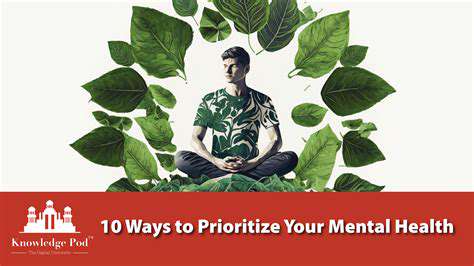Indoor Exercises for Seniors to Avoid Falls
Better balance means less fear of falling, which often keeps people from staying active. It also helps maintain proper posture during daily activities, reducing wear and tear on the body over time.
Basic Balance Exercises to Try
Effective balance exercises don't need to be complicated. Simple movements like standing on one foot, walking heel-to-toe, or rising from a chair can make a big difference. These can be done almost anywhere - near a kitchen counter, in a hallway, or even while watching television. The trick is finding movements that feel challenging but not impossible, gradually increasing difficulty as skills improve.
Always start slow and build up. Checking with a doctor or physical therapist first is wise, especially for those with existing health concerns or mobility issues.
One-Leg Stands: Foundation of Balance
The one-leg stand teaches your body to stabilize itself. Begin by holding onto something sturdy like a countertop. Stand with feet together, then lift one foot slightly off the ground. Start with short holds (even just a few seconds), increasing time as you gain confidence. Keep your posture tall and abs lightly engaged - imagine a string pulling you upward from the top of your head.
Precision Walking: Heel to Toe
This walking drill improves both balance and coordination. Place one foot directly in front of the other so the heel touches the toe, like walking on a tightrope. Go slowly, focusing on control rather than speed. This strengthens the small stabilizing muscles in ankles and feet that often get overlooked. Doing this along a hallway or next to a wall provides support if needed.
Chair Stands: Strength Meets Stability
Standing up from a chair might seem simple, but done with control it becomes excellent balance practice. Use a sturdy chair without wheels, placing feet flat on the floor. Lean slightly forward as you rise, pushing through your heels. Lower back down slowly, controlling the movement the whole way. Start with a few repetitions, adding more as you grow stronger. Chairs with arms offer extra support if needed.
Adapting for Different Needs
Balance exercises should meet people where they are. Beginners might start by just shifting weight from foot to foot while holding support. Those with joint issues can modify movements to reduce strain - perhaps doing exercises seated at first. Working with a physical therapist helps create the right modifications for individual situations.
Support tools like canes or walkers don't mean someone can't work on balance - they just mean doing so with the right assistance. The goal is gradual progress at a safe pace.
Safety First With Balance Work
When practicing balance, setup matters. Clear the area of rugs or cords that could trip. Wear supportive, non-slip shoes. Have sturdy furniture or a wall within reach. If something feels painful or causes dizziness, stop immediately. Having someone nearby when trying new exercises adds an extra layer of security.
Remember that balance naturally varies throughout the day - mornings might feel different than evenings. Adjust intensity accordingly and celebrate small improvements over time.
Building something to last requires attention to fundamentals. Quality materials combined with thoughtful design create structures that endure beyond expectations. Engineers consider countless factors - from expected loads to ground conditions - to determine exactly what a foundation needs. This careful planning results in stability measured in decades rather than years.
Improving Coordination and Flexibility for Seniors
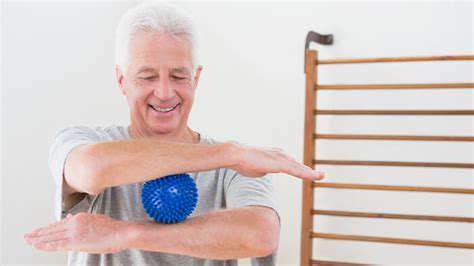
Clear Communication Makes All the Difference
Successful activities depend on everyone understanding what's happening. When information flows clearly in both directions, people can participate fully and adjustments happen smoothly. This means establishing reliable ways to share updates, ask questions, and give feedback. Some situations call for written instructions, others for face-to-face demonstrations - matching the method to the message matters.
Using shared calendars or simple reminder systems helps keep everyone coordinated. Visual aids like charts or diagrams often work better than verbal explanations alone, especially for movement sequences.
Defining Who Does What
Clarity about roles prevents confusion. Whether it's an exercise leader demonstrating movements or helpers assisting participants, everyone should know their responsibilities. This structure allows activities to run smoothly while ensuring safety needs get proper attention.
Writing down basic role descriptions helps, even for informal groups. This documentation makes it easier to onboard new helpers and ensures consistency in how activities are led.
Tools That Bring People Together
The right tools can bridge gaps between participants of different ability levels. Visual timers help pace activities appropriately. Colored markers or tape on the floor can guide movement patterns. Simple, well-chosen aids make coordination feel natural rather than forced.
When selecting tools, consider both physical needs (like large-print instructions) and cognitive ones (like clear, step-by-step demonstrations). The best tools are those that fade into the background while enhancing the experience.
Making the Most of Time
Effective sessions balance structure with flexibility. Having a plan prevents rushing while leaving room for adjustments keeps the experience positive for everyone.
Breaking activities into clear segments with natural transition points helps. Always build in extra time for questions or repetitions - what seems simple to the leader might need more practice for participants. Watch for signs of fatigue or confusion as natural cues to adjust pacing.
Adapting to Individual Needs
One-size-fits-all rarely works well. Offering variations - seated options, different intensity levels, or alternative movements - lets everyone participate meaningfully. This inclusive approach boosts engagement while respecting each person's current abilities.
The key is presenting options matter-of-factly, making modifications seem like normal choices rather than compromises. Encouraging participants to self-select appropriate challenge levels often works better than assigning difficulty tiers.
Thinking on Your Feet
Even the best plans need adjustment sometimes. The ability to pivot gracefully - whether due to unexpected limitations or spontaneous opportunities - makes activities more valuable.
Developing a few plan B options in advance helps. Maybe keep alternative exercises ready if something isn't working, or have different ways to explain key concepts. This preparation creates confidence to adapt in the moment.
Building Trust Through Experience
Trust grows when people feel heard and respected. Creating an atmosphere where questions are welcome and efforts are celebrated makes everyone more willing to participate fully. This positive environment is where real progress happens.
Small gestures matter - learning names, noticing improvements, and framing challenges positively. When people believe their leaders genuinely care about their experience, they engage more deeply in the process.
